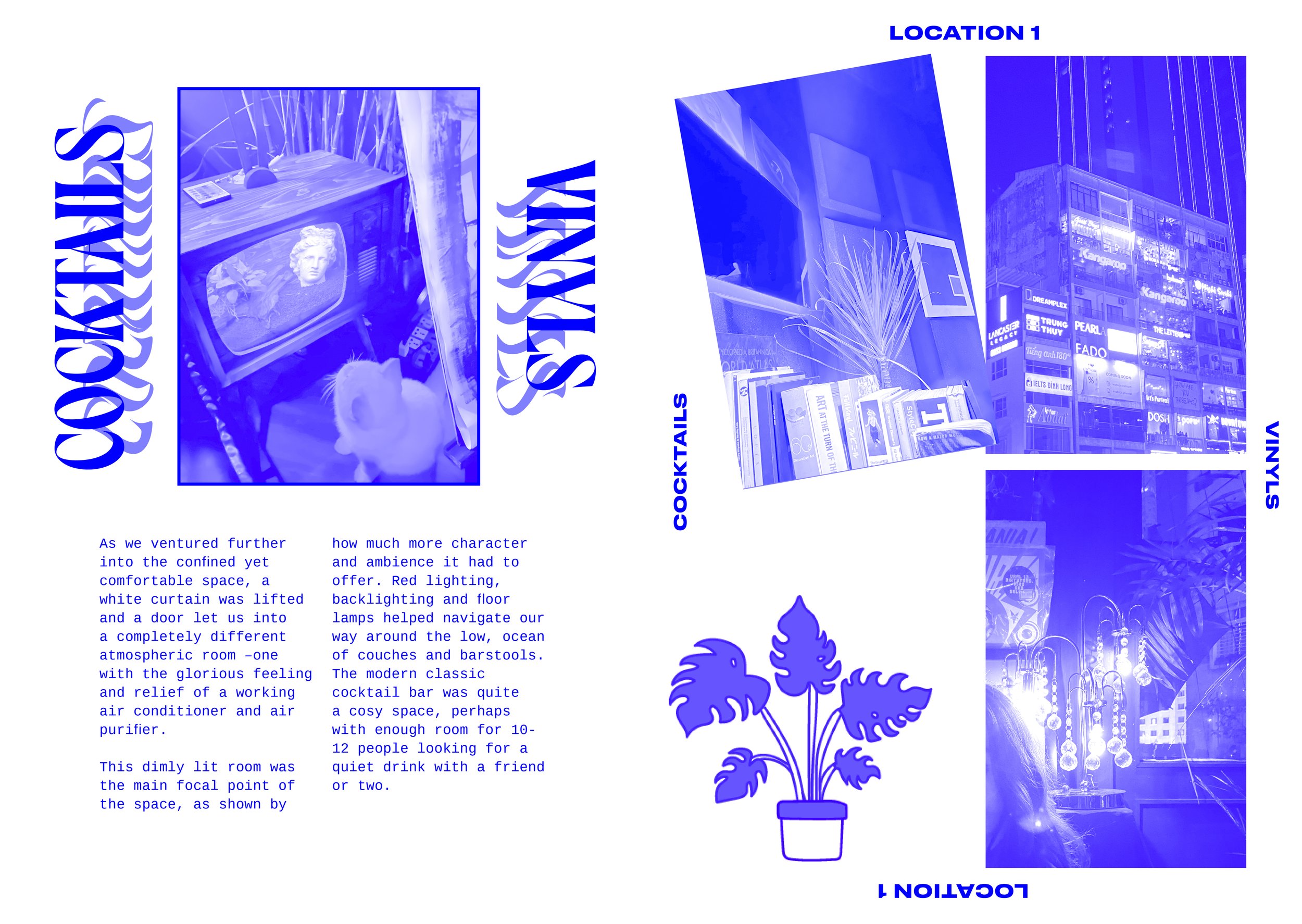Designers on Finding Influences
Talking about influences can be really difficult to comprehend in a simple list or a couple of statements, as it could come from anything. One moment you could have gotten inspiration from the way a stranger in the line of a dive bar across the street is dressed on a night out, as you were eating a halal snack pack with your mates at 3 AM. Another could be from an artisanal mug that you swore you wouldn’t impulsively buy, but you did anyway. Most of all though, it can come from your personal stories.
It wasn’t until this year, whilst doing a uni assignment with a friend that this occurred to me. While the conversation started with her interests in fashion, music, and hobbies, we soon moved on to idly talking about her story and how she ended up at that moment in time with me. Not to turn this into a therapy thing, but it clicked. The way she approaches her projects, her style, and her outlook on life. I don’t understand why it took talking to her about it to make me realise the obvious, but it was the same with my background and thus, my own design influences.
Personally, my graphic design style is more alternative than anything. But it’s hard to pinpoint the type of designs I like doing most. One look at my folio, and you can tell that it constantly bounces between design movements like no tomorrow. The sheer range there tells you two things; I’m very indecisive and erratic with anything, and I don’t like any other colour other than primary ones.
Source: @qpham.jpg on Instagram
As a result, it’s interesting to sit back and watch as design trends come and go. A few years ago, everything in the graphic design sphere, mainly was about sans serif typefaces with flat-coloured, oversimplified illustrations. And while it may have gotten a backseat regarding trending design choices, it’s never really gone away. Time and place I guess, but I still use some of these principles from time to time, (albeit, it depends on how bothered I am with a certain project lol). But it’s great to just know that certain styles can work and are effective in your arsenal of skills, if and when it may be needed for a project. But recently, so many more maximalist design movements resurfaced, as if designers are sick of seeing iconic logos, branding, and campaigns become more lifeless, oversimplified, and dull as time goes on.
Source: @qpham.jpg & @01.01claudia on Instagram
The most prevalent example being Swarovski’s rebranding with help from their new Creative Director, Giovanna Engelbert. Previously, with plain navy packaging and a more classic outlook on jewellery from its 1988 logos, Engelbert shifts the brand’s lenses in a more maximalist direction. With her help, she resurrected their brand identity, to become bold, brighter and heaps more colourful. It presents a level of creativity, playfulness, and prestige that the jewellers are now embodying. With this new concept in tow, Engelbert explains that “the Wonderlab is where science and magic meet, where extra and elegance collide, it is a feeling of wonder that everyone should experience as we invite them into our new world at Swarovski.”
Source: Swarovski (2021)
This stark difference between the previous two identities is one of the bigger examples of how unique and elaborate design movements are resurfacing. This doesn’t just apply to graphic design. We see it most obviously with fashion today. At any point when you wander into the CBD or its surrounding suburbs, you’ll see someone dressed like they time travelled from the 80s/early 2000s, or they’re sporting a dystopian look sponsored by Rick Owens and your local thrift shop. Accounts on TikTok such as @melbournefashion with 2.1 million likes at the time of writing, literally go around and show the wider internet what people of Melbourne are wearing at that moment. It’s entirely different compared to high-end fashion and designer showcases too, with the most obvious thing being that it brings power to the people. What locals and visitors are wearing, doing, or creating, can indicate more than what mainstream media can predict about trends and trend cycles. It serves as an observational piece and is archival footage.
Source: @qpham.jpg on Instagram
It’s amazing to see the diversity in self-expression and the way one may choose to present themselves. Personal branding and all that. But it’s even more telling how much of that self-expression goes into their projects and messages created if given the opportunity. It makes you wonder out of sheer curiosity, why? What makes them tick? Why would they want to be perceived in that way? Where they got those shoes from, and how can I be their friend to raid their closets? These personal choices inevitably influence the art we create and for me, it’s something I’ve learned to gain an appreciation for, especially in design.










